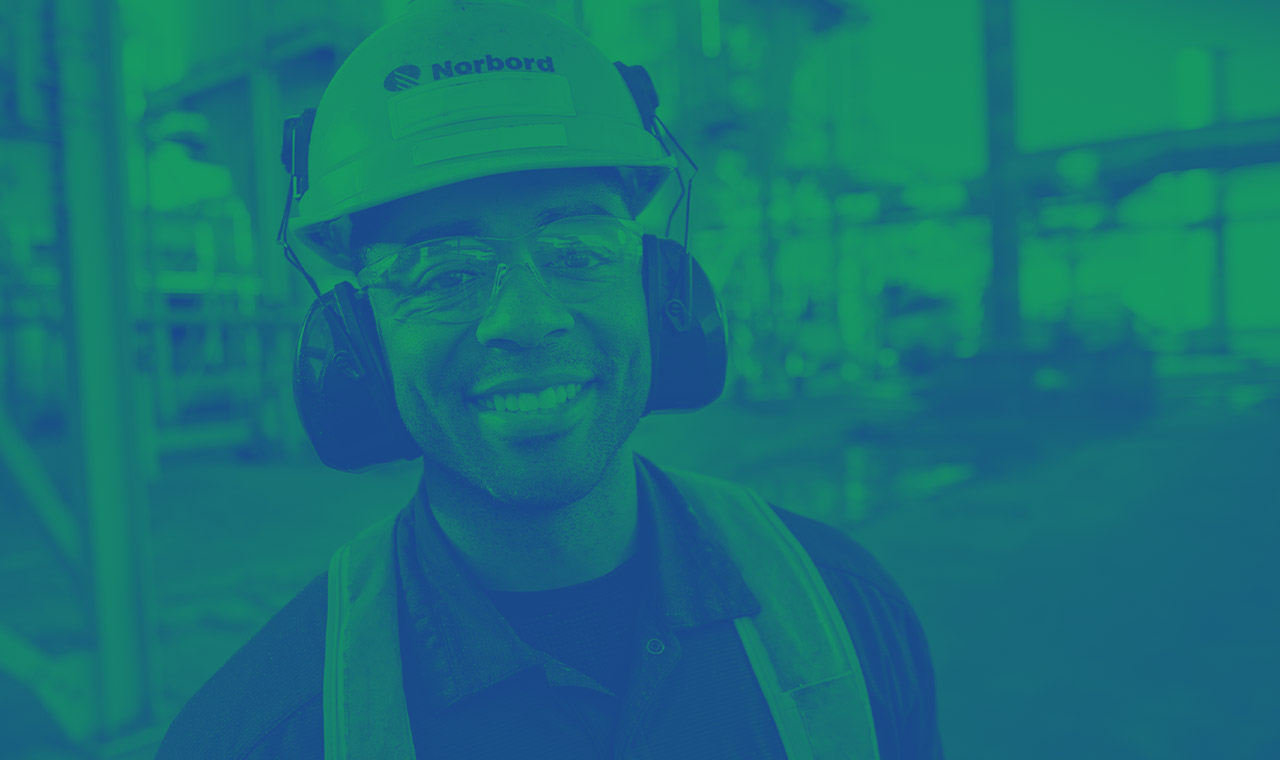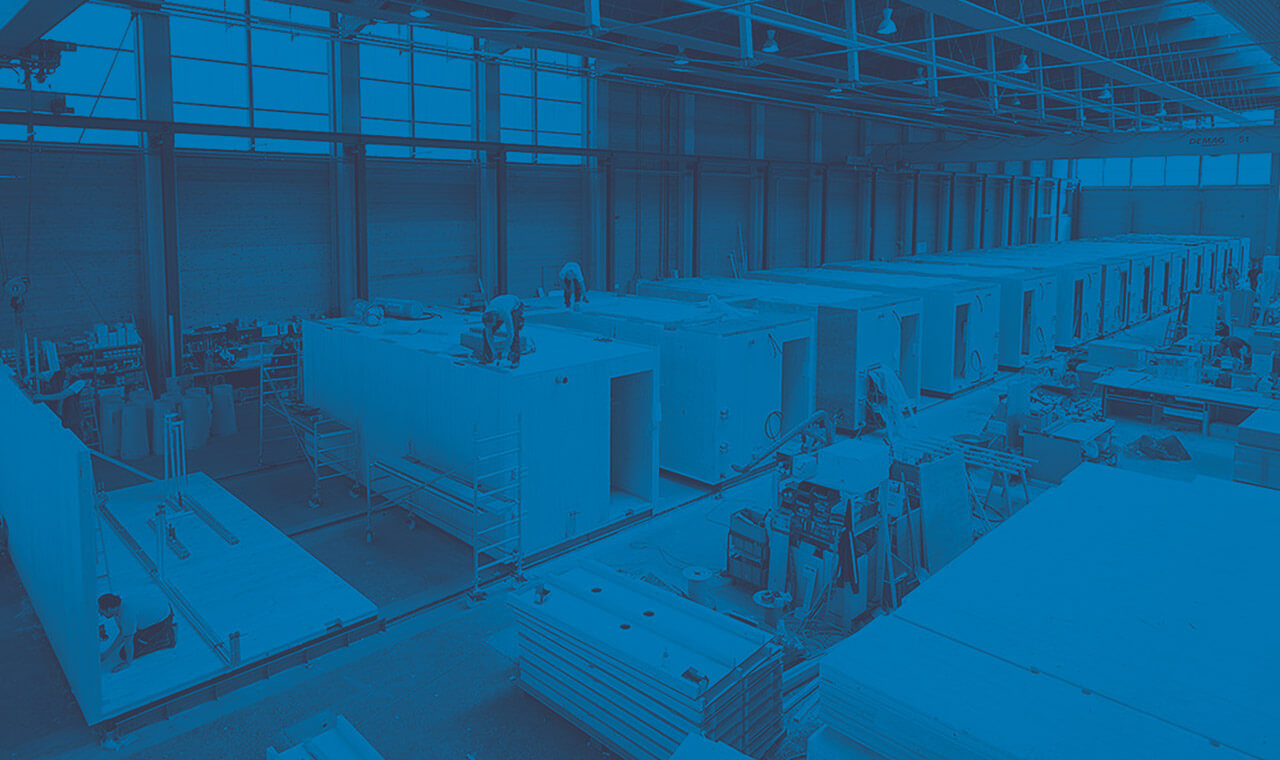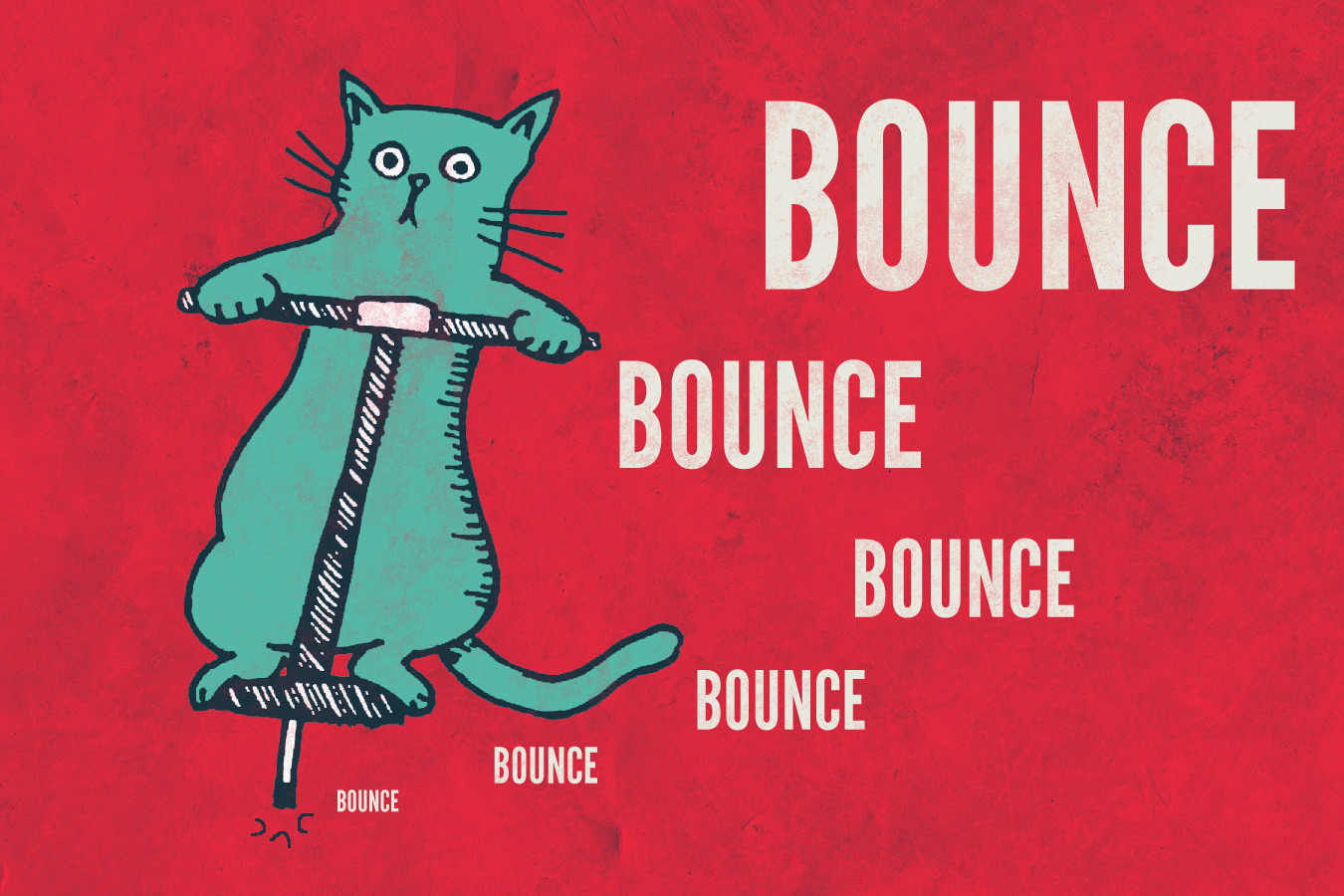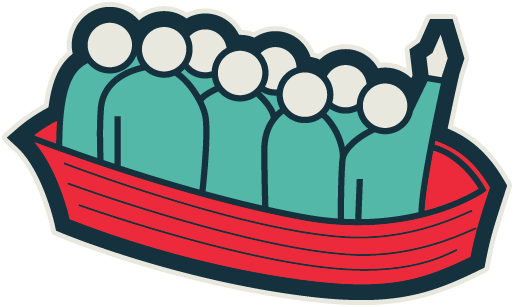Bounce; it’s not just a laundry detergent or a bad Ben Affleck film, it also happens to be a great tool to gauge public reaction to your website content. A high bounce rate can mean that you need to make your website easier to navigate, improve your website design or change your content to suit your audience.
The bounce rate is a measurement of the single-page visits to your site. Single page visits are not ideal; what you really want is for readers to stop by, get comfortable, pull up a chair and keep reading. You want them to wander around and make themselves at home rather than bounce after the first page. If your bounce rate is over 60%, it may be time to take stock.
It’s not you….
Your high bounce rate is perhaps not entirely the fault of your content. It may be bad design or the fact that people find it difficult to navigate your site. If it’s not clear to them where they should be going next, they may just decide to leave.
Test your navigation with some newbie guinea pigs and see how intuitive they find it. It makes sense to you, but you’ve been living and breathing this website for so long that you’re not objective. Add a widget that suggests similar posts and calls to action on every page so that the reader is more inclined to want to go to the second location.
Home is where the heart is
Most visitors come to your website on your home page so create an all-singing, all dancing, multi-media visual extravaganza on your landing page at all times to whet the appetites of all who enter in. If you have a high bounce rate, it’s time for some home page razzmatazz.
There are a number of things you can look at when figuring out the cause of your high bounce rate. The usual suspects include:
- Design
- Content
- Search engine rankings
- Traffic sources
- Inbound links
Make sure that you cover all these bases when formulating a plan to get that bounce rate below 60%.
Making it right
There are a number of ways in which you can improve your bounce rate.
Clear call to action: Make sure that each and every page (especially your landing page) contains a clear suggestion or instruction as to what to do next. Shop now, click here, sign up, watch the video or read these posts are all ways in which you can encourage further action from your readers. Create a conversion funnel that moves your visitors from one location to the next seamlessly.
Tweak your design: Colors, graphics and navigation all work towards reducing your bounce rate. Change one aspect of your landing page and then watch your analytics to gauge reactions.
Optimize your keywords: Hone in on your keywords with ninja-like accuracy. Visitors usually move away from you page because your website did not suit their Google search. Ensure that your page is relevant to the keywords you support.
Content is king: Great headlines, exciting visuals and killer content cannot be beat. If you’re not getting a great bounce rate, it may be time to up your content game or hire someone who can do that for you.
Creating a compelling website with interesting content and an easy way to navigate takes time, but it’s well worth the effort if all your hard work results in conversions. Your bounce rate is an invaluable indicator of just how well your pages are being received and can help to guide the way in which you tweak your website until you reach 55% bounce rate heaven.









